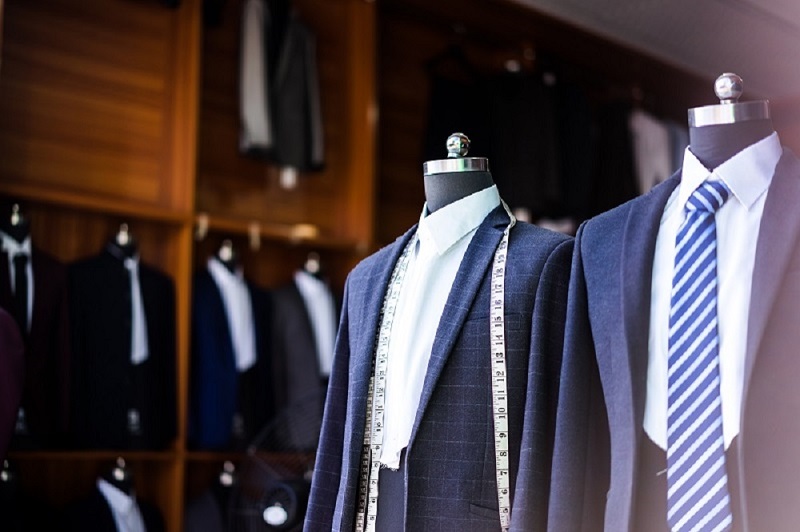Clothing manufacturers use both natural and synthetic fibres to spin the yarn and they can manufacture different textile products. The clothing manufacturer’s products are used for various purposes such as clothing, for industrial purposes, and in household goods.
The workers in a clothing manufacturing company perform various tasks such as combing and spinning fibres as well as weaving, dyeing, and knitting. Hundreds and thousands of workers are employed by the clothing manufacturers who work with different fibres.
Fabric is the raw material for garment manufacturing. However, the quality of the garment relies not just on the fibres and fabric, but also on the production process. Therefore, it is of utmost importance to choose the right quality of fibres as well as the manufacturing process to get the required quality.
The Different Fibres Used By Clothing Manufacturer
One comes across different kinds of fibres used by clothing manufacturers. As a clothing manufacturer, you need to choose the fabric according to your products. Here, you can find some fabrics available online:
- The synthetic fibres- The source of synthetic fibres is fossil fuel crude oil. About 65% of fibres used by clothing manufacturers are synthetic. These include polyester, acrylic, polypropylene, and elastane fibres.
- The cotton fibres- The cotton fibres are one of the oldest used fibres and constated 21% of all fibre use across the world in the clothing industry. However, the use of cotton fibres is declining in the industry because of synthetic alternatives.
- The cellulosic fibres – The cellulose fibres are derived from the natural resource like bamboo. The cellulose is crushed and changed into fibres. Viscose is the most common cellulosic fabric that is preferred for its silk-like qualities. There is a gradual rise in the use of cellulose fibres in the clothing manufacturing industry.
- The wool fibres – The use of the traditional fibre use is decreasing in the world market. More than a billion sheep are reared to produce two bn kilograms of raw wool. These materials are mostly used for winter collection.
- The silk fibres – The silk fibres are derived from the silkworm species. The major silk production is concentrated in China, India, Brazil, Japan, Thailand, and Vietnam. The silk fibres are much more valuable and expansive than other fibres.
- The bast fibres- The Bast fibres have been used by humans for thousands of years. These fibres are similar to flax but are used sparingly in the clothing industry. The Bast fibres are found in the inner layer of bark and lies between the outer outer-most layer and inner woody core. Those long phloem cells are first separated from the xylem and epidermis and later treated to make fibres.
- The down fibres- It is the soft layer of quill-less feathers are seen as the best insulator. These feathers are sourced from the bellies of ducks. When compared to other insulators, down fibres offer the maximum warmth and are much preferred by the customers because of the lightweight and breathable quality. Moreover, the down fibres feathers are recyclable and biodegradable and can last for decades.
- The experimental fibres- There is another broad category of fibres that are experimental in nature. The clothing manufacturing industry keeps looking for different sources and materials to create fibres such as mushrooms, pineapple, and milk.
As you can see, a vast range of different fibres is used in the clothing manufacturing industry. The best clothing manufacturing units ensure that they use only the top-quality fibres to get the best fabrics for garment making, and all these fabrics are available online.

